Rafael A. Moral
Estimating the number of household TV profiles based in customer behaviour using Gaussian mixture model averaging
May 15, 2025Abstract:TV customers today face many choices from many live channels and on-demand services. Providing a personalised experience that saves customers time when discovering content is essential for TV providers. However, a reliable understanding of their behaviour and preferences is key. When creating personalised recommendations for TV, the biggest challenge is understanding viewing behaviour within households when multiple people are watching. The objective is to detect and combine individual profiles to make better-personalised recommendations for group viewing. Our challenge is that we have little explicit information about who is watching the devices at any time (individuals or groups). Also, we do not have a way to combine more than one individual profile to make better recommendations for group viewing. We propose a novel framework using a Gaussian mixture model averaging to obtain point estimates for the number of household TV profiles and a Bayesian random walk model to introduce uncertainty. We applied our approach using data from real customers whose TV-watching data totalled approximately half a million observations. Our results indicate that combining our framework with the selected features provides a means to estimate the number of household TV profiles and their characteristics, including shifts over time and quantification of uncertainty.
Bayesian Additive Main Effects and Multiplicative Interaction Models using Tensor Regression for Multi-environmental Trials
Jan 09, 2023Abstract:We propose a Bayesian tensor regression model to accommodate the effect of multiple factors on phenotype prediction. We adopt a set of prior distributions that resolve identifiability issues that may arise between the parameters in the model. Simulation experiments show that our method out-performs previous related models and machine learning algorithms under different sample sizes and degrees of complexity. We further explore the applicability of our model by analysing real-world data related to wheat production across Ireland from 2010 to 2019. Our model performs competitively and overcomes key limitations found in other analogous approaches. Finally, we adapt a set of visualisations for the posterior distribution of the tensor effects that facilitate the identification of optimal interactions between the tensor variables whilst accounting for the uncertainty in the posterior distribution.
Profiling Television Watching Behaviour Using Bayesian Hierarchical Joint Models for Time-to-Event and Count Data
Sep 06, 2022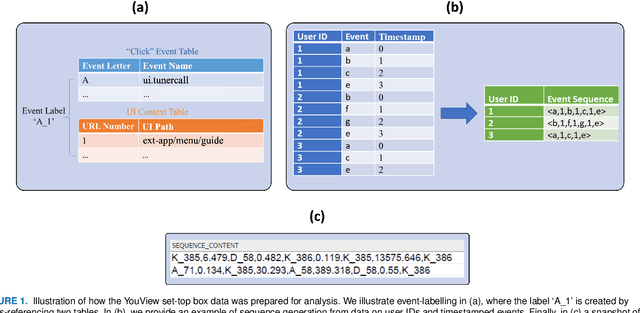
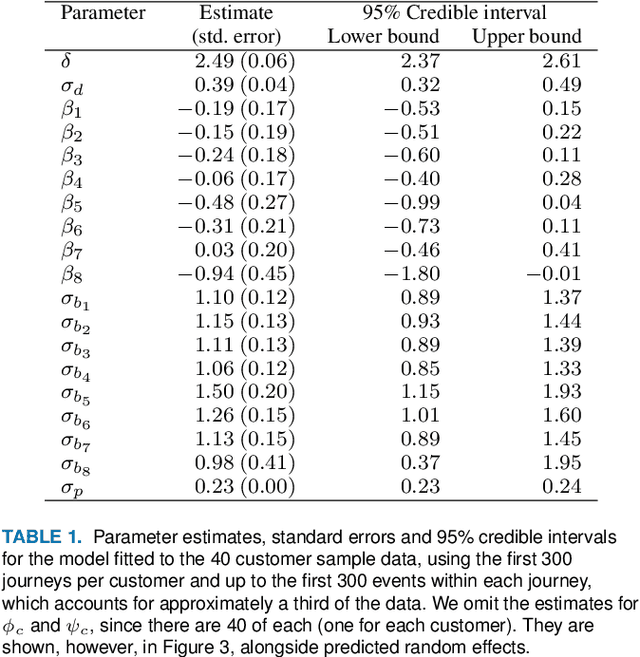

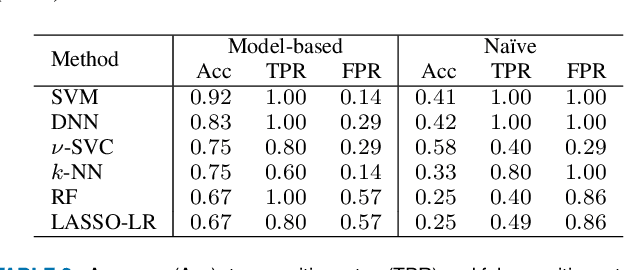
Abstract:Customer churn prediction is a valuable task in many industries. In telecommunications it presents great challenges, given the high dimensionality of the data, and how difficult it is to identify underlying frustration signatures, which may represent an important driver regarding future churn behaviour. Here, we propose a novel Bayesian hierarchical joint model that is able to characterise customer profiles based on how many events take place within different television watching journeys, and how long it takes between events. The model drastically reduces the dimensionality of the data from thousands of observations per customer to 11 customer-level parameter estimates and random effects. We test our methodology using data from 40 BT customers (20 active and 20 who eventually cancelled their subscription) whose TV watching behaviours were recorded from October to December 2019, totalling approximately half a million observations. Employing different machine learning techniques using the parameter estimates and random effects from the Bayesian hierarchical model as features yielded up to 92\% accuracy predicting churn, associated with 100\% true positive rates and false positive rates as low as 14\% on a validation set. Our proposed methodology represents an efficient way of reducing the dimensionality of the data, while at the same time maintaining high descriptive and predictive capabilities. We provide code to implement the Bayesian model at https://github.com/rafamoral/profiling_tv_watching_behaviour.
Variational Inference for Additive Main and Multiplicative Interaction Effects Models
Jun 29, 2022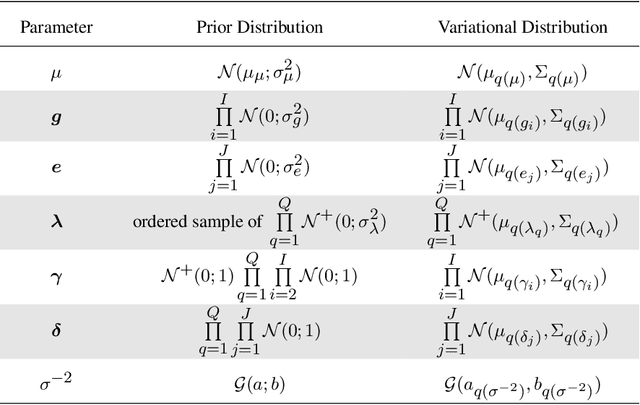
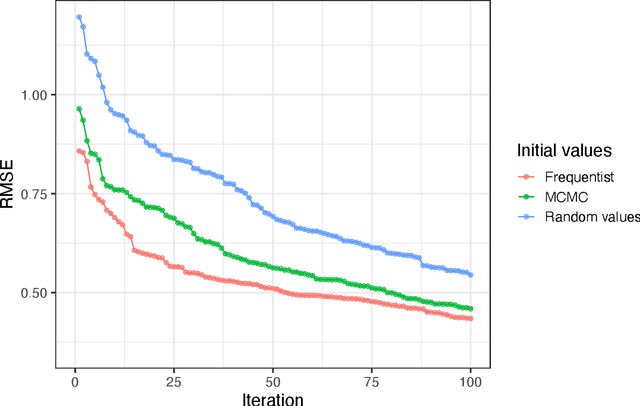
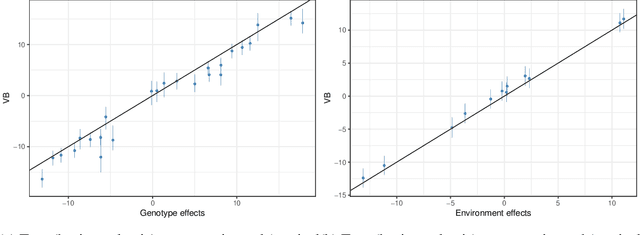
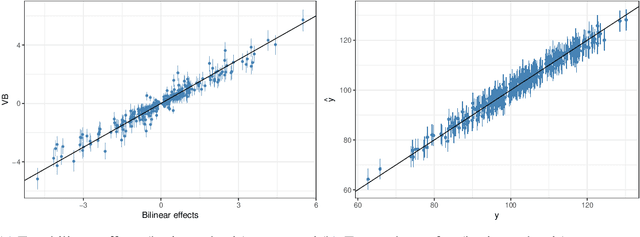
Abstract:In plant breeding the presence of a genotype by environment (GxE) interaction has a strong impact on cultivation decision making and the introduction of new crop cultivars. The combination of linear and bilinear terms has been shown to be very useful in modelling this type of data. A widely-used approach to identify GxE is the Additive Main Effects and Multiplicative Interaction Effects (AMMI) model. However, as data frequently can be high-dimensional, Markov chain Monte Carlo (MCMC) approaches can be computationally infeasible. In this article, we consider a variational inference approach for such a model. We derive variational approximations for estimating the parameters and we compare the approximations to MCMC using both simulated and real data. The new inferential framework we propose is on average two times faster whilst maintaining the same predictive performance as MCMC.
Semi-parametric Bayesian Additive Regression Trees
Aug 17, 2021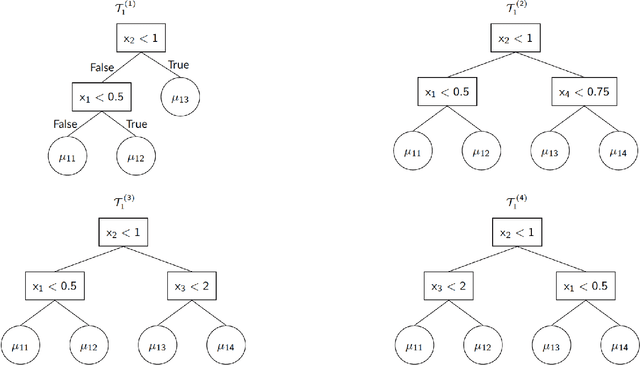

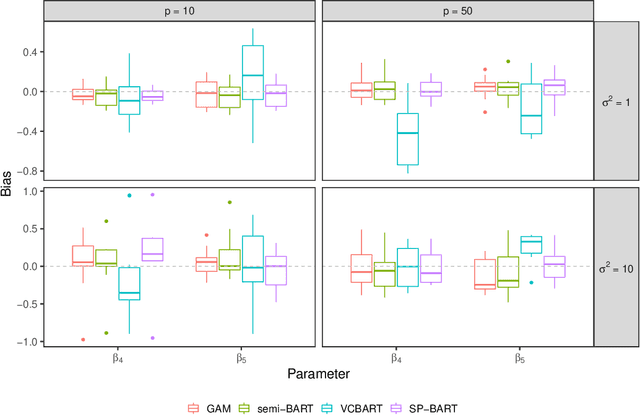
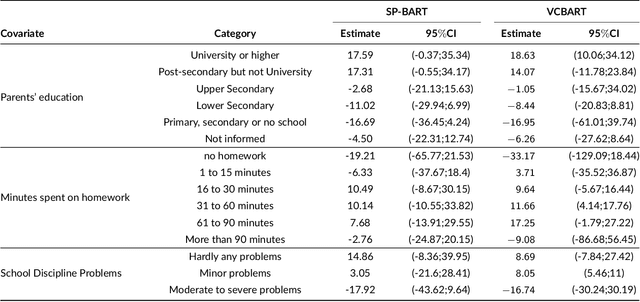
Abstract:We propose a new semi-parametric model based on Bayesian Additive Regression Trees (BART). In our approach, the response variable is approximated by a linear predictor and a BART model, where the first component is responsible for estimating the main effects and BART accounts for the non-specified interactions and non-linearities. The novelty in our approach lies in the way we change tree generation moves in BART to deal with confounding between the parametric and non-parametric components when they have covariates in common. Through synthetic and real-world examples, we demonstrate that the performance of the new semi-parametric BART is competitive when compared to regression models and other tree-based methods. The implementation of the proposed method is available at https://github.com/ebprado/SP-BART.
Bayesian Additive Regression Trees with Model Trees
Jun 12, 2020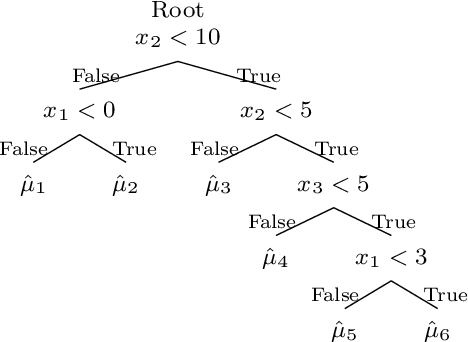
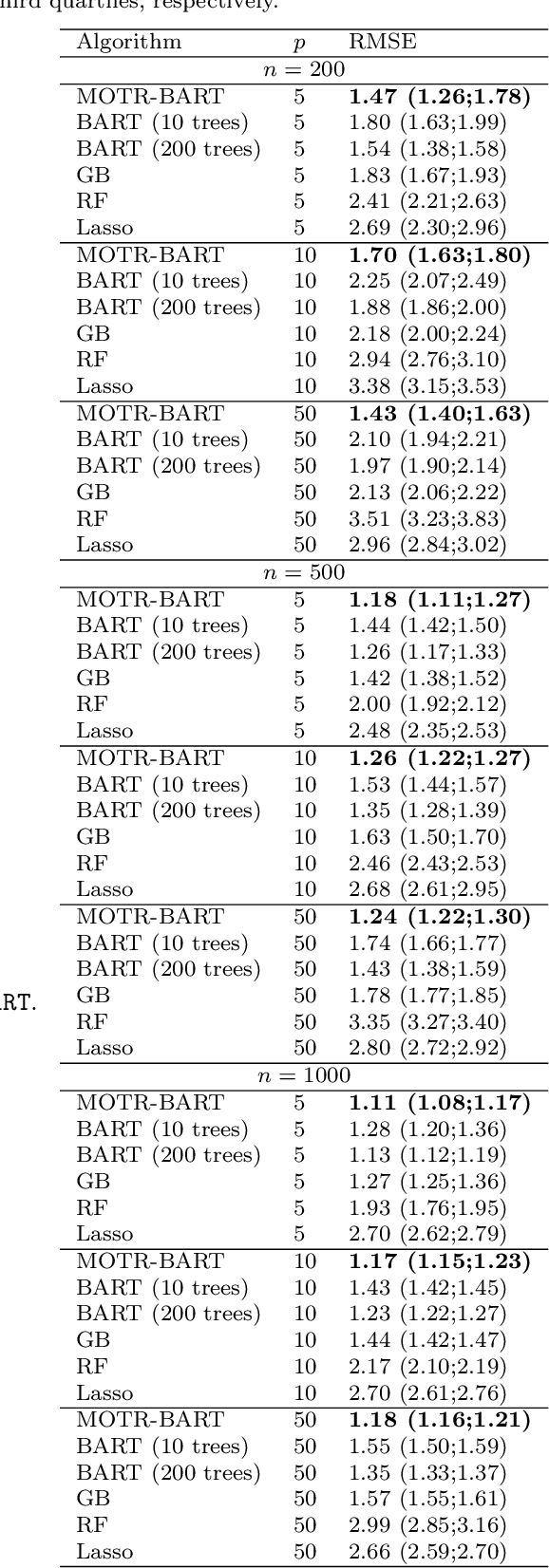
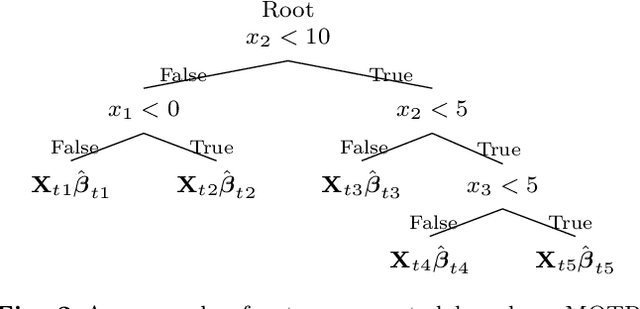
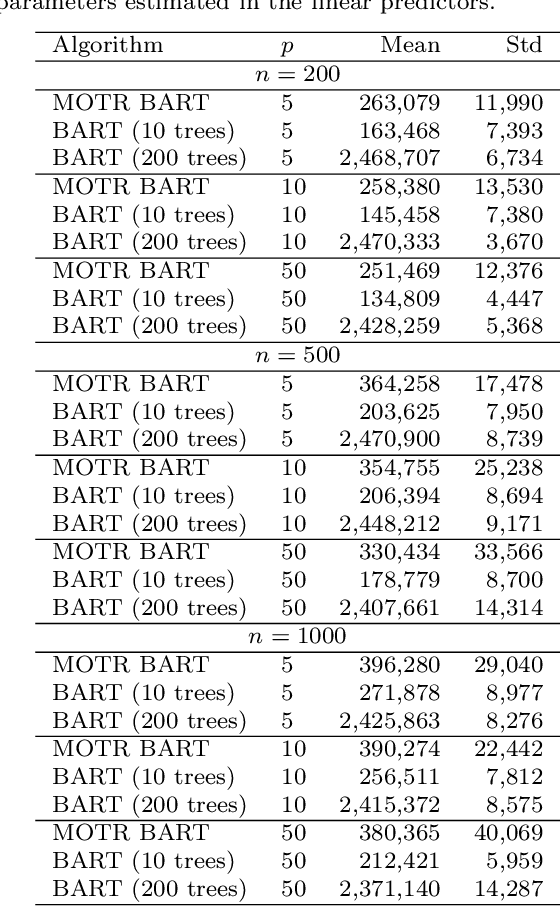
Abstract:Bayesian Additive Regression Trees (BART) is a tree-based machine learning method that has been successfully applied to regression and classification problems. BART assumes regularisation priors on a set of trees that work as weak learners and is very flexible for predicting in the presence of non-linearity and high-order interactions. In this paper, we introduce an extension of BART, called Model Trees BART (MOTR-BART), that considers piecewise linear functions at node levels instead of piecewise constants. In MOTR-BART, rather than having a unique value at node level for the prediction, a linear predictor is estimated considering the covariates that have been used as the split variables in the corresponding tree. In our approach, local linearities are captured more efficiently and fewer trees are required to achieve equal or better performance than BART. Via simulation studies and real data applications, we compare MOTR-BART to its main competitors. R code for MOTR-BART implementation is available at https://github.com/ebprado/MOTR-BART.
 Add to Chrome
Add to Chrome Add to Firefox
Add to Firefox Add to Edge
Add to Edge